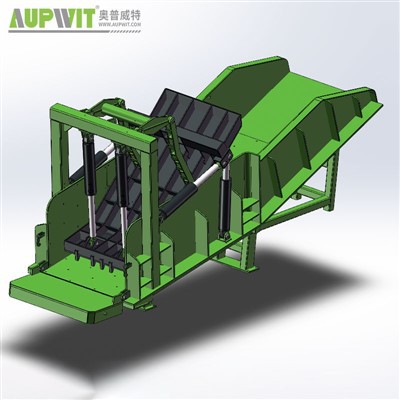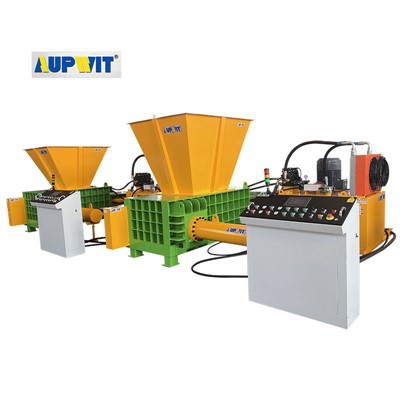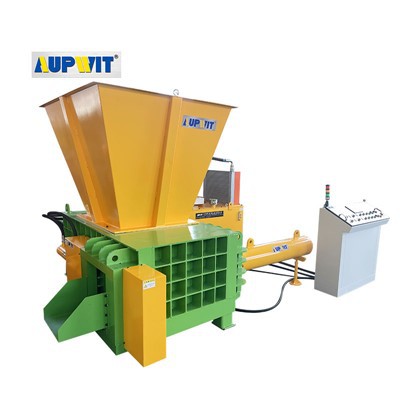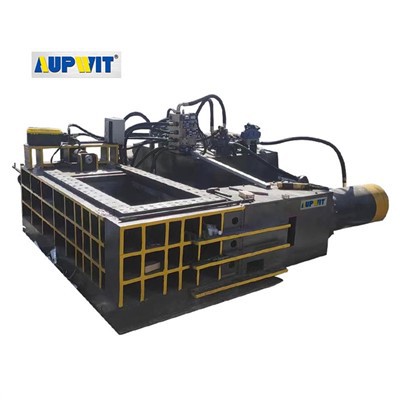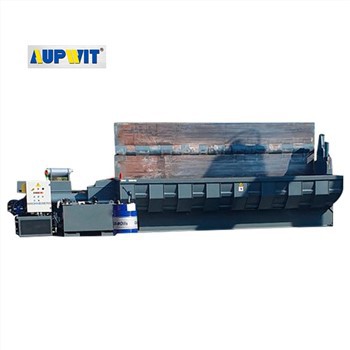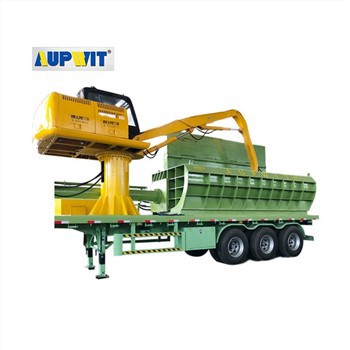Steel Chip Briquetting Forming Processes
The forming process of steel chip briquetting is mainly designed around the characteristics of raw materials and the requirements for briquetting. The common types are as follows:
1. Cold Pressing Forming Process
- No heating required - steel chips are directly compressed into blocks by high pressure
- Relies on mechanical force of briquetting machine (typically 100-300MPa)
- Suitable for materials with low ductility like low carbon steel and cast iron
- Advantages: Low energy consumption and simple process
- Disadvantages: Relatively low briquetting density, requires humidity control (≤5%)
2. Hot Pressing Forming Process
- Preheats steel chips to 200-600℃ before pressurization
- High temperature reduces hardness and enhances plasticity
- Suitable for hard/brittle materials like high carbon steel
- Produces higher density briquettes with good strength
- Advantages: Can be directly returned to furnace for smelting
- Disadvantages: Requires heating equipment and has high energy consumption
3. Bonding Molding Process
- Uses small amount of adhesive (resin, water glass)
- Suitable for thin steel chips or mixed waste
- Adhesive must be high-temperature resistant
- Often used when high briquetting strength is required
Additional Process Types: For large-scale production, continuous molding processes use conveyor belts or spiral feeding for automated operation. For small batches, intermittent molding offers flexibility with simpler equipment but lower efficiency.
4. Continuous vs. Intermittent Molding
-
Continuous Molding:
- Automated feeding/pressing/discharging
- Requires precise speed/pressure control
- Ideal for large-scale production
-
Intermittent Molding:
- Batch processing
- Simple equipment, flexible for multiple specifications
- Lower efficiency


